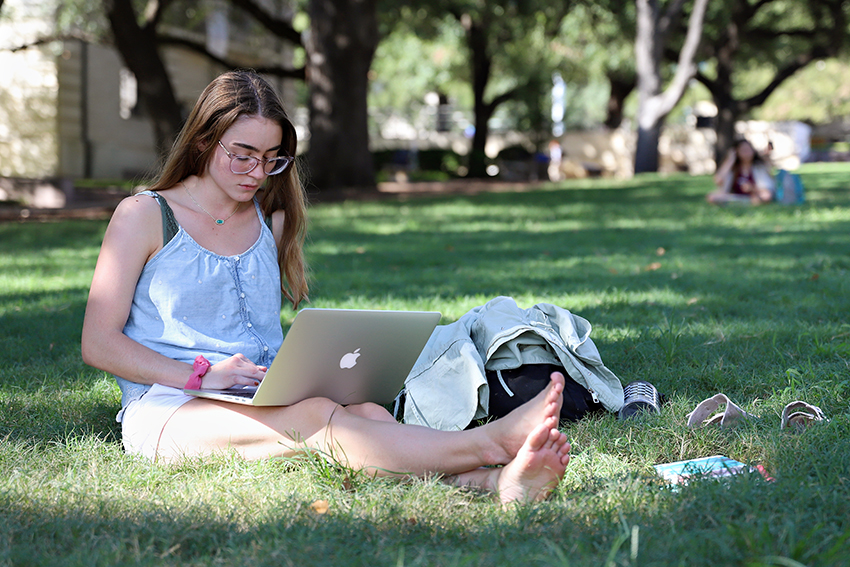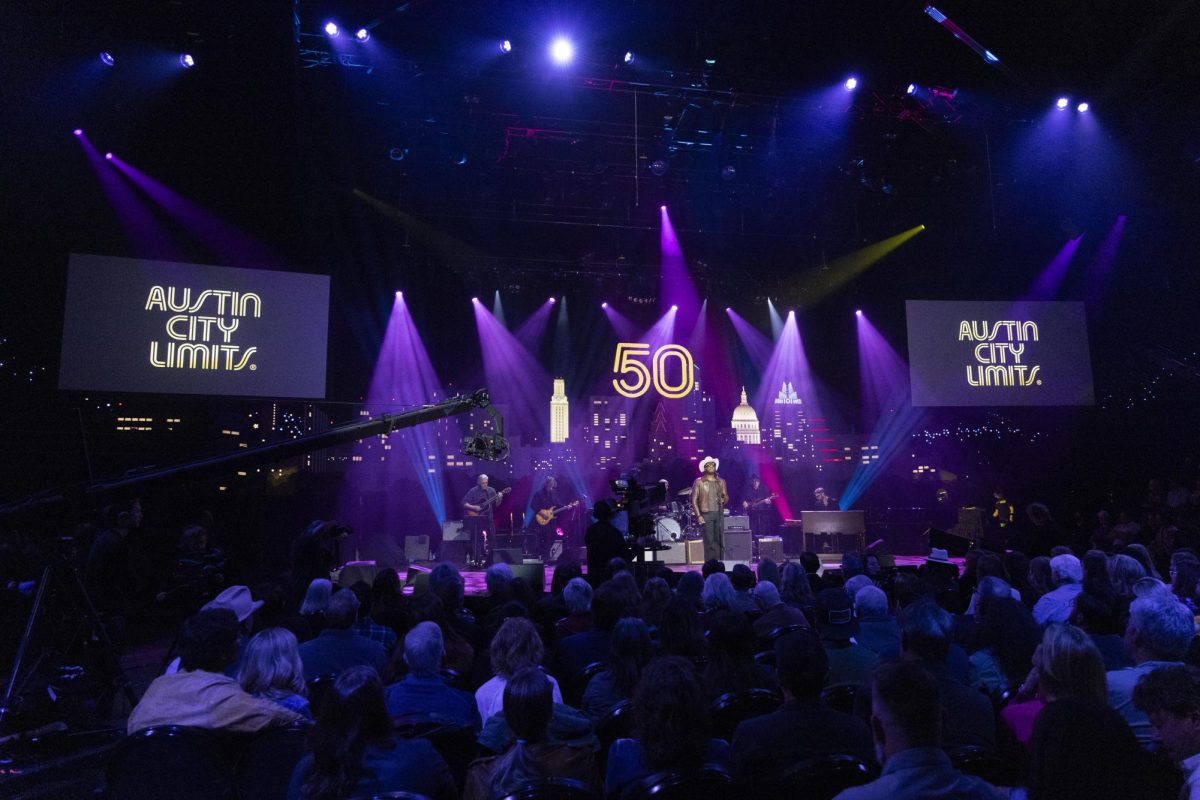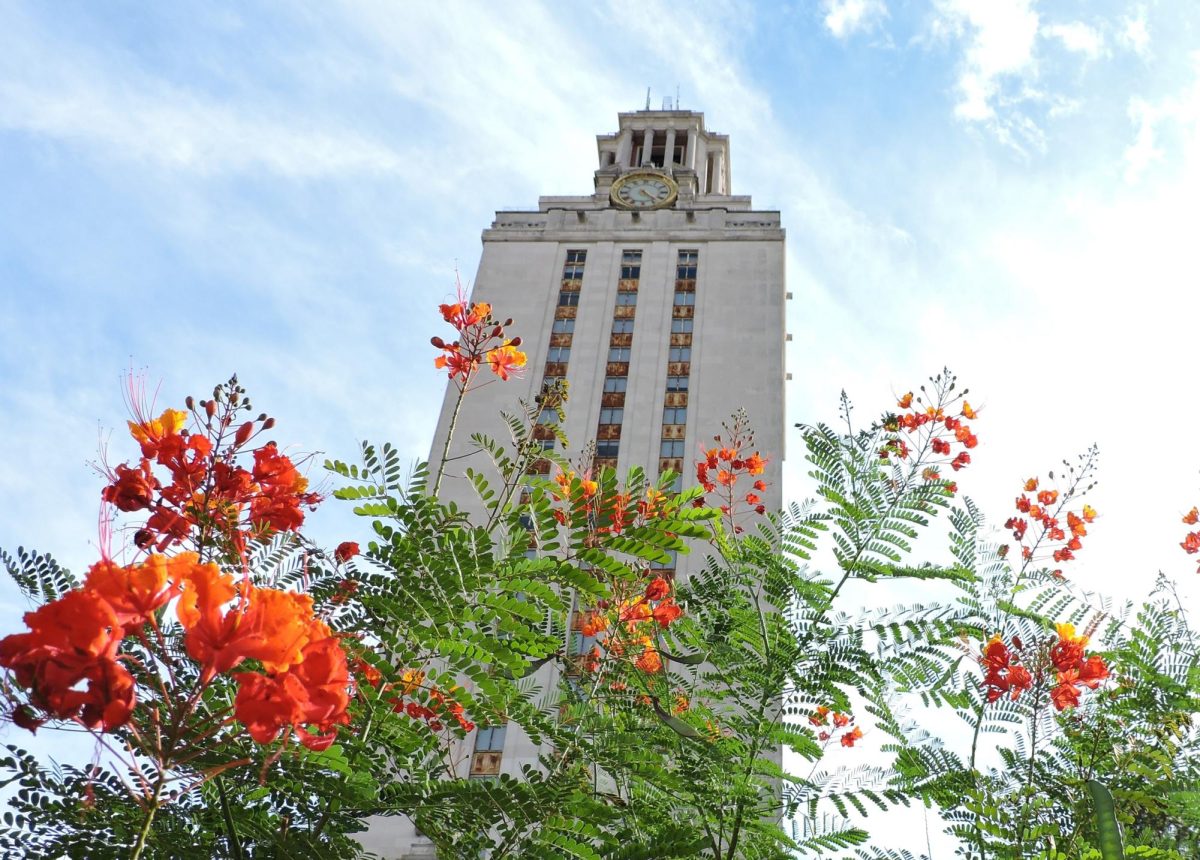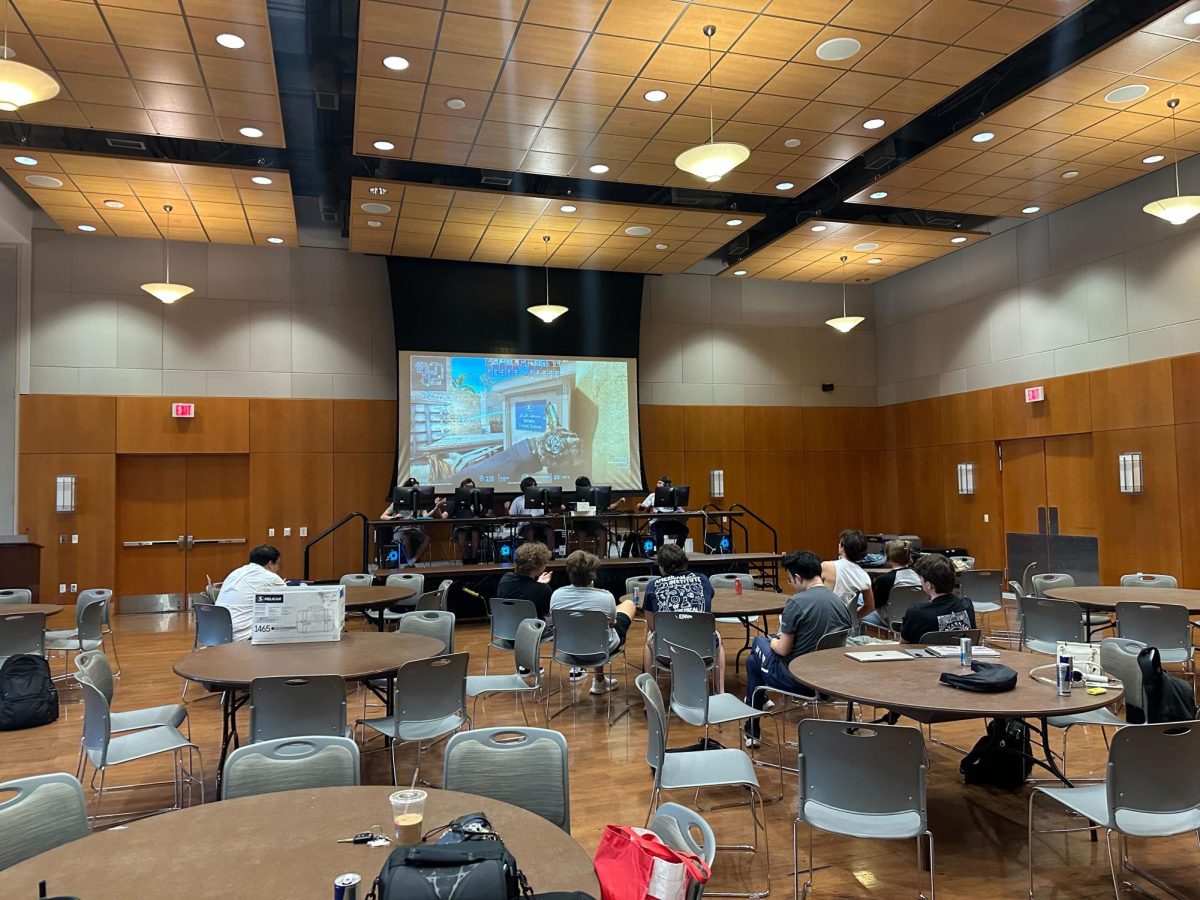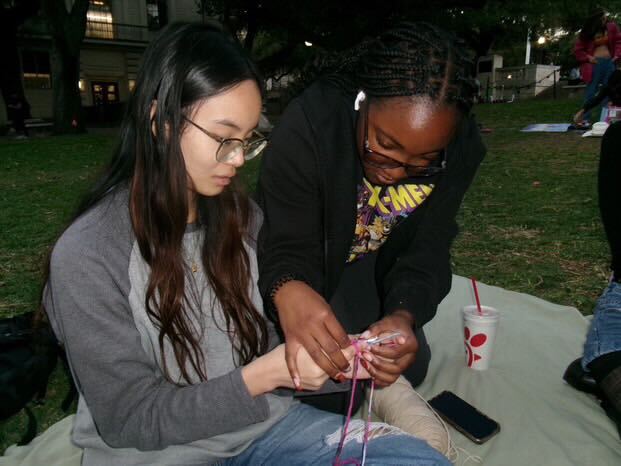Physics freshman Delaney White knew that the transition from the country to urban Austin would be difficult. However, her worries dissolved when she came to campus and saw the expansive green spaces.
For her, along many others, UT’s green scene is serene and differs from the dim lighting and confined spaces found in classrooms and dorms.
“Whenever I study, I feel like I can get too caught up in reading a book or staring at my laptop,” White said. “Being able to take a break and go on a walk or see something living inspires me to keep going and re-energizes me to keep studying.”
Similarly, urban studies freshman Emma Fairfield said that green spaces add a sense of life to a rather bleak environment.
“I think that they’re really essential to any space, but especially a college campus where we are often confined to sitting in classrooms or sitting in libraries,” Fairfield said.
Their shared positive associations with green space are no coincidence. According to environmental health professor Jules R. Elkins, interaction with green spaces can increase test scores, reduce stress and contribute to people’s overall health and wellness.
Elkins said that the benefits of green spaces push hospitals to make sure that every patient has a view of green. She said green spaces as powerful, not only for their positive benefits on mental health, but also from a social capital perspective. She said green spaces allow people to foster relationships, work harmoniously and function effectively.
“You need places to gather, and green spaces are casual places where people can build the social capital,” Elkins said.
Indoor plants are ideal for workspaces and common areas. Students like White, who recognize the benefits of green spaces, are incorporating a sense of green into their rooms.
“It’s always nice to walk into my room and see (the plants), because they’re big and green,” White said. “It brightens up my room. Everyone that comes into my room always notices them, and it makes them smile. The air is fresher in here and makes it more lively than the college dorm room.”
When the weather is nice, White hangs up her hammock in a grassy area, enjoying the change
of scenery.
“Everytime I study outside, I can pause and refocus,” White said. “For me, it’s good to have something that can distract me in a beneficial way.”
Fairfield said it seems unnatural to not have green space in cities, since these spaces make an area more organic. Fairfield added that she is grateful to see UT allocating green spaces for students on campus.
“I think it’s accomplishable with planning that specifically sets aside certain areas or creatively uses vertical space, for example, to add a little bit of green to the community,” Fairfield said.

